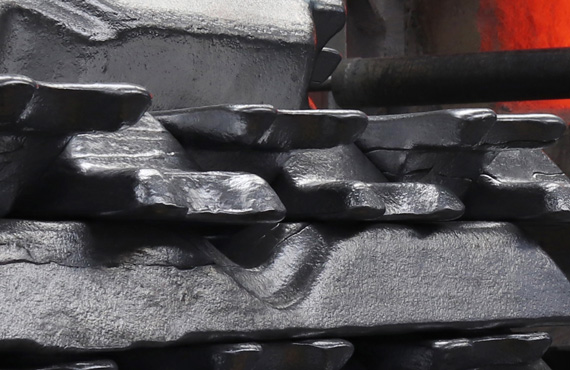Anodizing heat treatment is an electrochemical process that forms a protective oxide layer on the surface of metals, enhancing corrosion resistance, providing an aesthetic appearance, and increasing wear resistance. It is commonly used for aluminum and aluminum alloys and is also preferred for paintable, decorative coatings.
Anodizing Heat Treatment
What is Anodizing Heat Treatment?
How is Anodizing Heat Treatment Applied?
- Preparation Stage: The metal surface is cleaned and freed from any oil, dirt, or existing oxide layers.
- Electrolytic Bath: The metal is immersed in an electrolytic solution such as sulfuric acid or chromic acid and connected as the anode (positive electrode).
- Application of Electric Current: A direct current is applied to create a controlled oxide layer on the metal surface.
- Coloring and Sealing Stage:
- Pigments can be added to the oxide layer for coloring.
- In the final stage, sealing is performed in water or chemical baths to enhance durability.
Advantages of Anodizing Heat Treatment
- Increases corrosion resistance.
- Enhances surface hardness and wear resistance.
- Provides an aesthetic and decorative appearance.
- Can offer electrical and thermal insulation.
- Improves adhesion of paint and adhesives.
Which Materials Is It Used For?
| Aluminum and aluminum alloys |
| Titanium |
| Magnesium |
| Stainless steel (in some special applications) |

Main Industries
Anodizing is a critical process for creating durable and long-lasting metal surfaces and has a wide range of industrial applications.
- Automotive: Wheels, engine components, and body coatings.
- Aerospace: Lightweight and durable parts.
- Electronics: Heat sinks, enclosures, and components.
- Defense Industry: Armor coatings and military equipment.
- Kitchen and Household Goods: Pots, pans, and decorative items.

